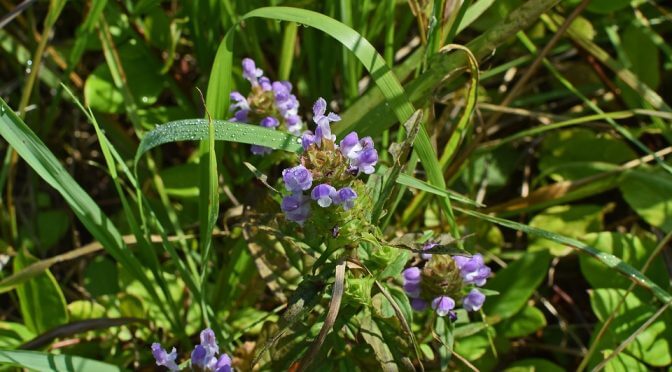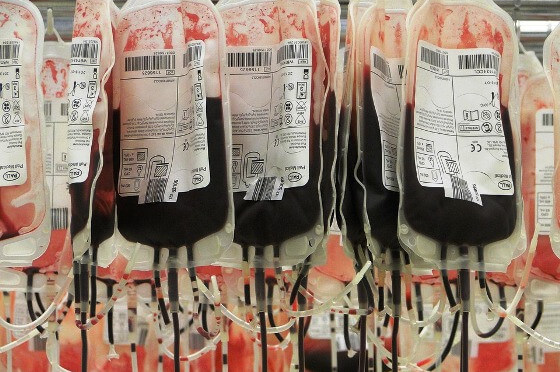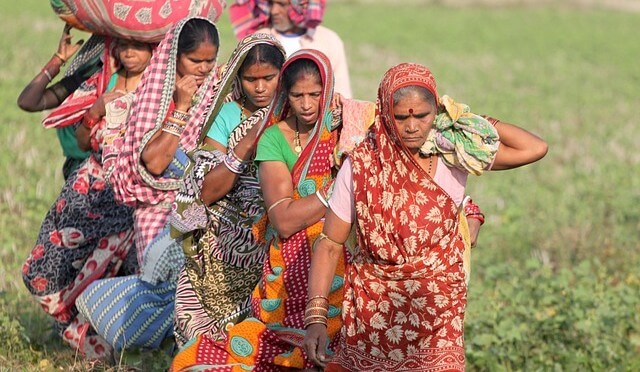 A study conducted by the All India Institute of Medical Sciences brought out the fact that about 20-25 percent of Indian women in their childbearing age have Polycystic Ovarian Syndrome (PCOS). The syndrome is so widespread that one in every 10 women suffers from this common endocrinal system disorder which affects mostly teenagers. Although this syndrome was first discovered in 1935,even today people lack basic awareness regarding this health condition in India.
A study conducted by the All India Institute of Medical Sciences brought out the fact that about 20-25 percent of Indian women in their childbearing age have Polycystic Ovarian Syndrome (PCOS). The syndrome is so widespread that one in every 10 women suffers from this common endocrinal system disorder which affects mostly teenagers. Although this syndrome was first discovered in 1935,even today people lack basic awareness regarding this health condition in India.
PCOS is also referred to as a lifestyle disease and mostly affect people living in the urban settlement. One of the primary causes of this syndrome is an unhealthy lifestyle, lack of exercise accompanied by unhealthy diets. The main characteristic symptoms of this condition are:
- Ovulatory dysfunction in women along with multiple cysts in ovaries
- Problems related to obesity, insulin resistance, fatty liver, digestion issues, anemia, infertility in some patients to name a few
- PCOS also leads to cardiovascular problems, neurological and psychological effects on quality of life (including anxiety and depression).
The growing instances of this disease have led to women turning to ayurvedic medicines to treat this disorder. Ayurvedic medicines revolves around the fact that a harmonious balance between vatta, pitta, and kapha is important in all healthy human beings. Likewise in the PCOS treatment also maintaining this balance or forces of energy is essential. Ayurveda has laid down some important dos and don’ts for people suffering from this syndrome. They are:
- Lowering the intake of all kinds of dairy products.
- Avoiding or lowering the intake of sugar and products with a high sugar content
- Avoiding all kinds of junk food is very important in order to fight this syndrome
- Reducing the intake of non-vegetarian food
- Increasing the intake of herbs like haritaki, ashwagandha, tulsi, amla, Biranga, Pipul, Nagkesar amongst others
- Drinking herbal drinks can also help in fighting PCOS syndrome
- Exercising regularly
Ayurvedic medicine fights PCOS syndrome by boosting the overall immunity and energy levels and rejuvenating the female reproductive system. Branolia Chemical Works has an assortment of formulations to fight PCOS and its associated symptoms.
Branolia’s Kulerron – It is the only formulation available easily that packs the richness of the Kulekhara leaves and roots along with other herbs like ashwagandha, Pipul, Nagkesar etc is one of the best tonic to fight iron deficiency.
Livonia – This formulation from Branolia Chemical Works is prepared with herbs like Triphala and Kalmegh which acts as a cleansing and detoxifying agent that address diseases related to the liver.
Bellytone – Branolia’s Bellytone enriched with herbs like Haritaki, Sonapata Teori, and Ajowan is used to treat gastrointestinal diseases. Haritaki the primary ingredient in Bellytone is known to increase the digestion power, cleansing the bowel and is also used to balance the kapha, Pitta, and Vatta in humans. Sonpata another medicinal herb in Bellytone is also used for centuries to address gynecological disorders and childhood psychological diseases.
The medicinal herbs found in the above formulations also treat inflammation and hormonal imbalance that are at the root of PCOS. They also work against other complications of PCOS such as digestive disorders, weight gain, insulin sensitivity, and improving mood. PCOS is often referred to as a lifestyle disease and in order to live healthy one needs to eat right, exercise regularly and avoid unnecessary stress.





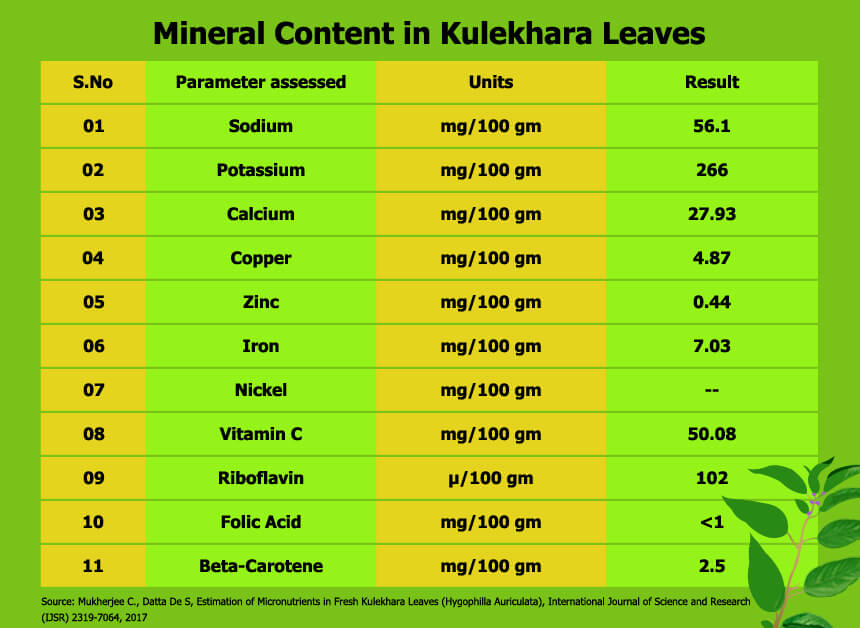 When we compare
When we compare 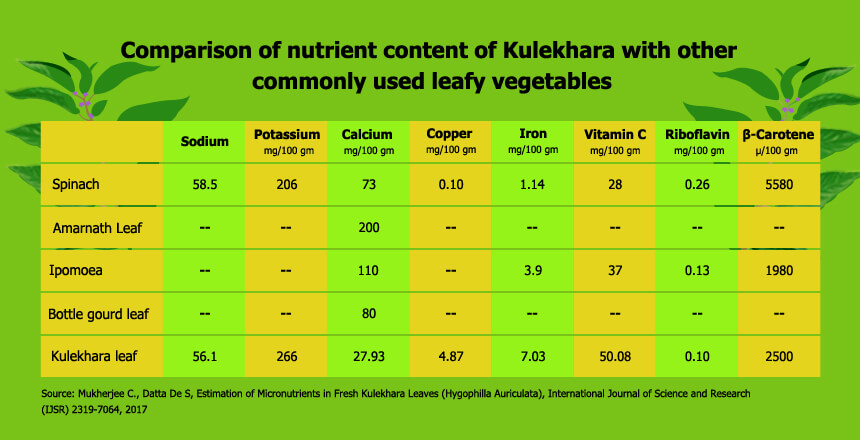 Spinach is a household food item with many recipes based on Spinach being available. However,
Spinach is a household food item with many recipes based on Spinach being available. However, 